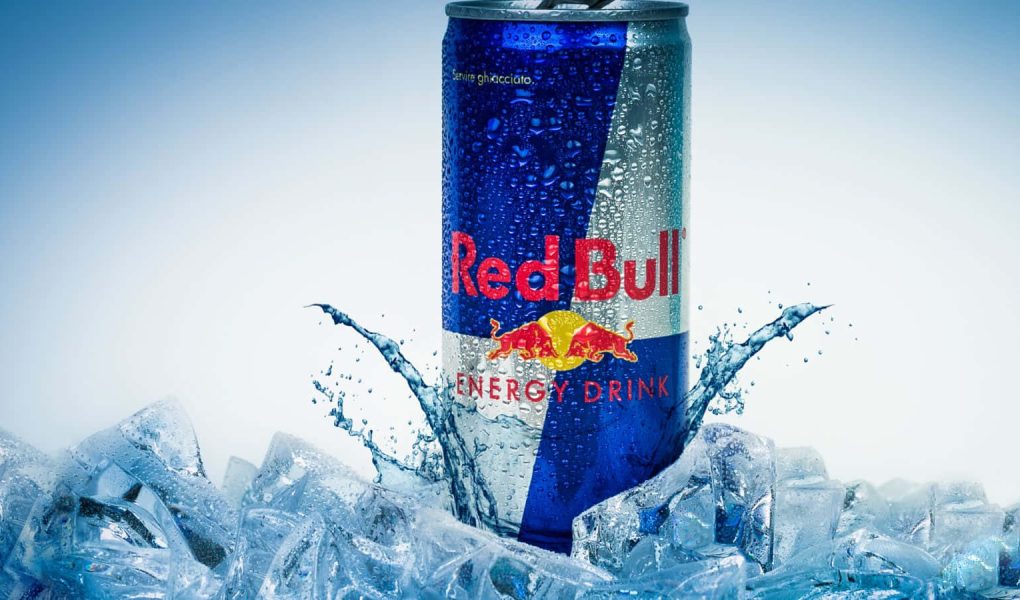marwaarsanios.info – In the late 1980s, an Austrian entrepreneur named Dietrich Mateschitz stumbled upon a drink in Thailand that would change the course of the beverage industry. This drink, known as Krating Daeng, was a popular choice among manual laborers for its invigorating effects. Recognizing its potential, Mateschitz partnered with the drink’s creator, Chaleo Yoovidhya, to adapt the formula for Western tastes. Thus, Red Bull was born, and it would soon become a global phenomenon.
A Bold Marketing Strategy
Red Bull’s success can be attributed not only to its unique taste and energy-boosting formula but also to its innovative marketing approach. The brand positioned itself as a lifestyle choice for the young, adventurous, and trendy. Red Bull became synonymous with extreme sports, music festivals, and all-night parties, creating a cult-like following among its consumers.
The Ingredients Behind the Buzz
At the heart of Red Bull’s effectiveness is its blend of ingredients, including caffeine, taurine, B-group vitamins, and glucuronolactone. This combination is designed to enhance mental and physical performance, increase alertness, and improve reaction speed. The drink’s efficacy and the feeling of a “wing-like” energy boost it provides have made it a favorite among students, professionals, and athletes alike.
Global Expansion and Cultural Impact
Since its launch in 1987, Red Bull has expanded its reach to over 170 countries, becoming the most popular energy drink in the world. Its success has spawned a multitude of flavors and variations, catering to different tastes and preferences. Beyond the beverage itself, Red Bull has become a cultural icon, sponsoring events, sports teams, and even launching its own media house to further engage with its audience.
The Red Bull Formula: A Point of Controversy
Despite its popularity, Red Bull has faced criticism and scrutiny over the years. Concerns have been raised about the health implications of consuming large amounts of caffeine and sugar, as well as the safety of some of its ingredients. The brand has consistently defended its formula, pointing to scientific research that supports the safety of its products when consumed in moderation.
Conclusion
Red Bull’s journey from a local Thai energy tonic to a global powerhouse is a testament to the vision of its founders and the effectiveness of its marketing strategy. By tapping into the zeitgeist of the late 20th and early 21st centuries, Red Bull has not only created a successful product but also a lifestyle brand that resonates with millions around the world. As the energy drink market continues to grow, Red Bull remains at the forefront, proving that with the right mix of ingredients and marketing, a brand can truly take flight.

